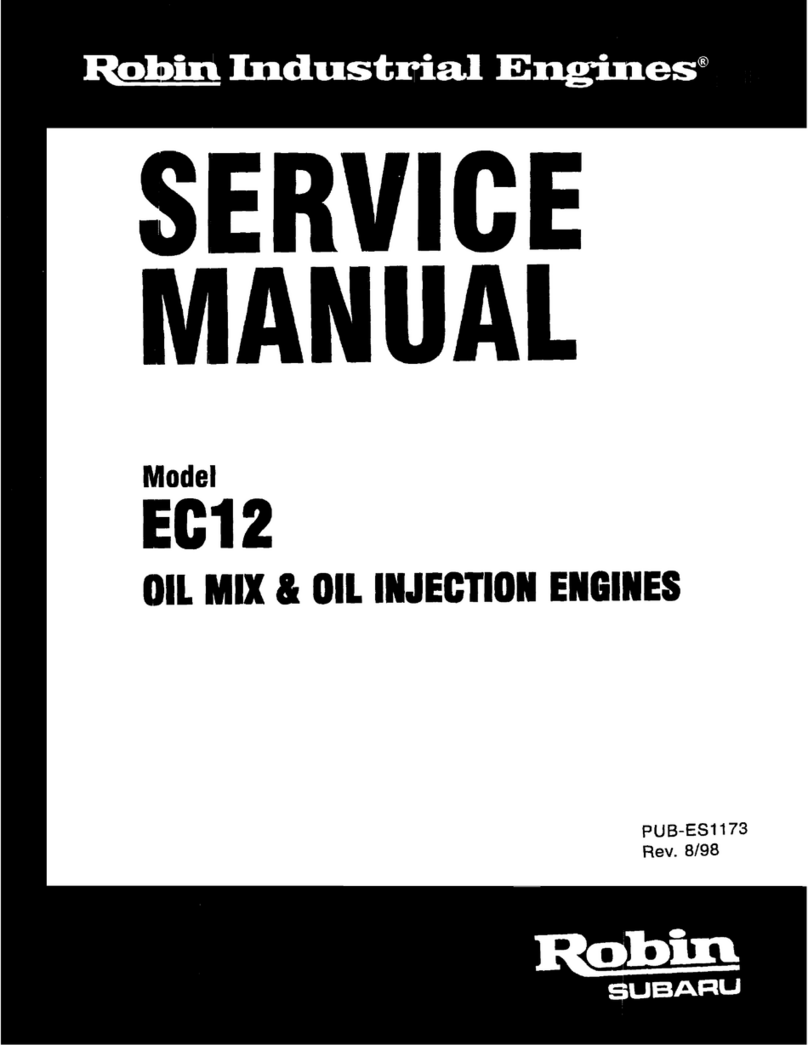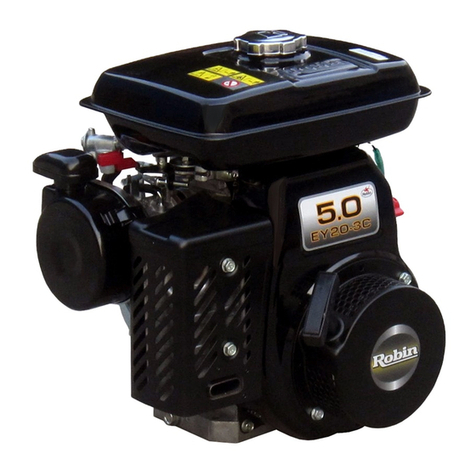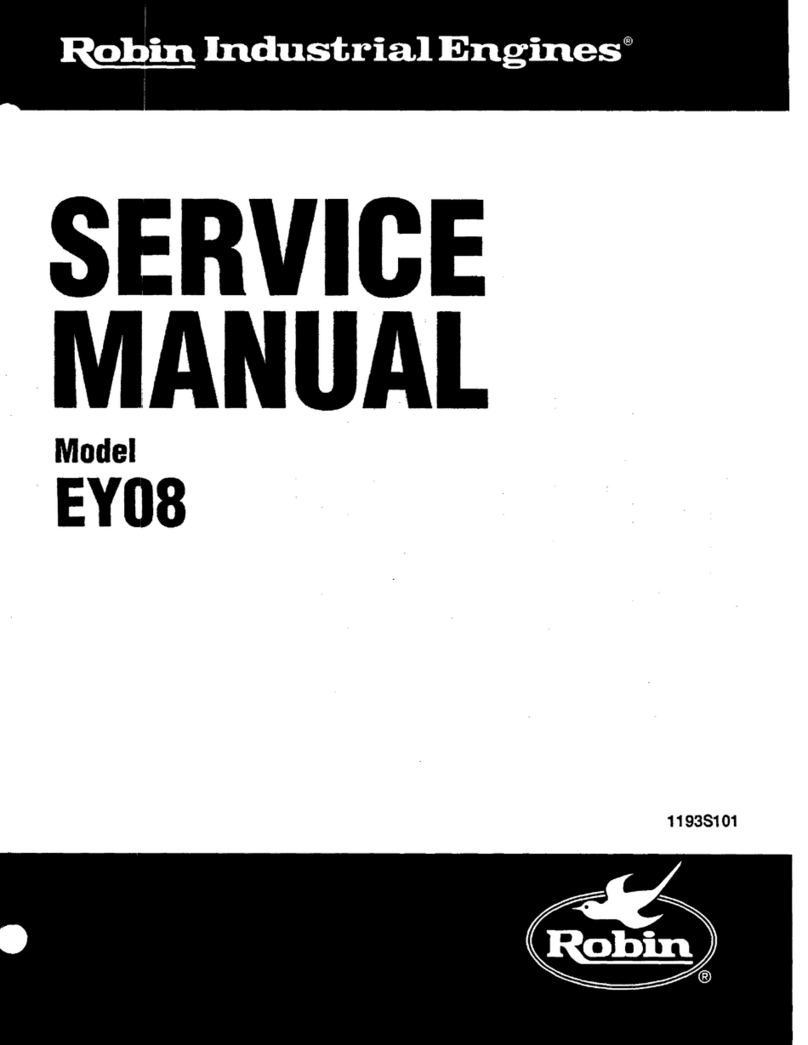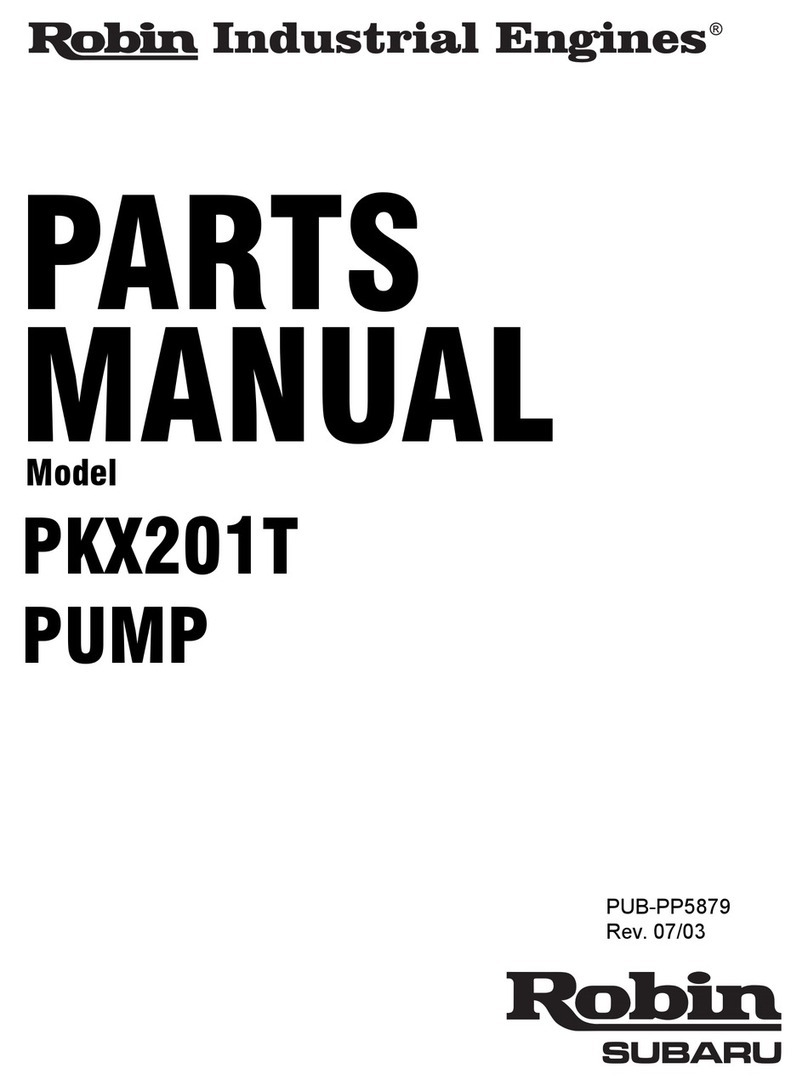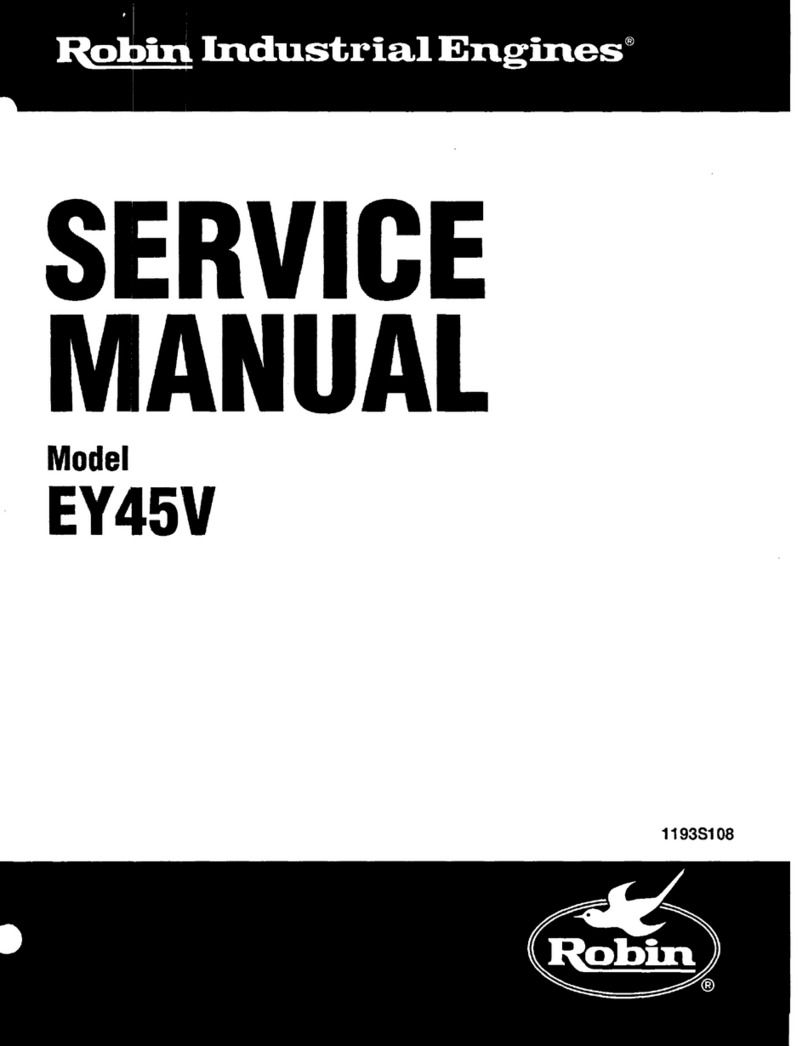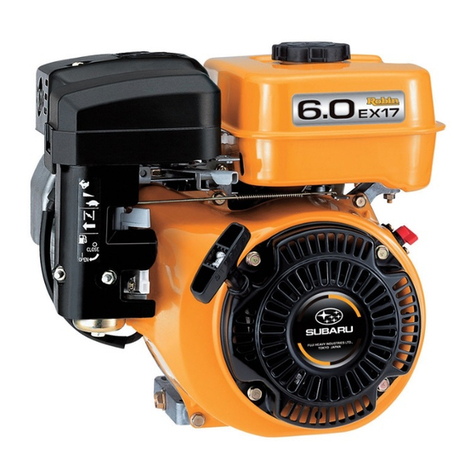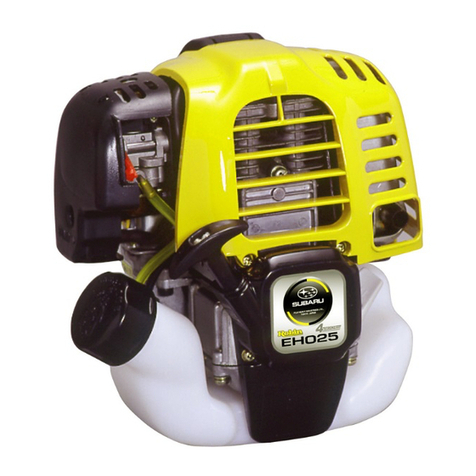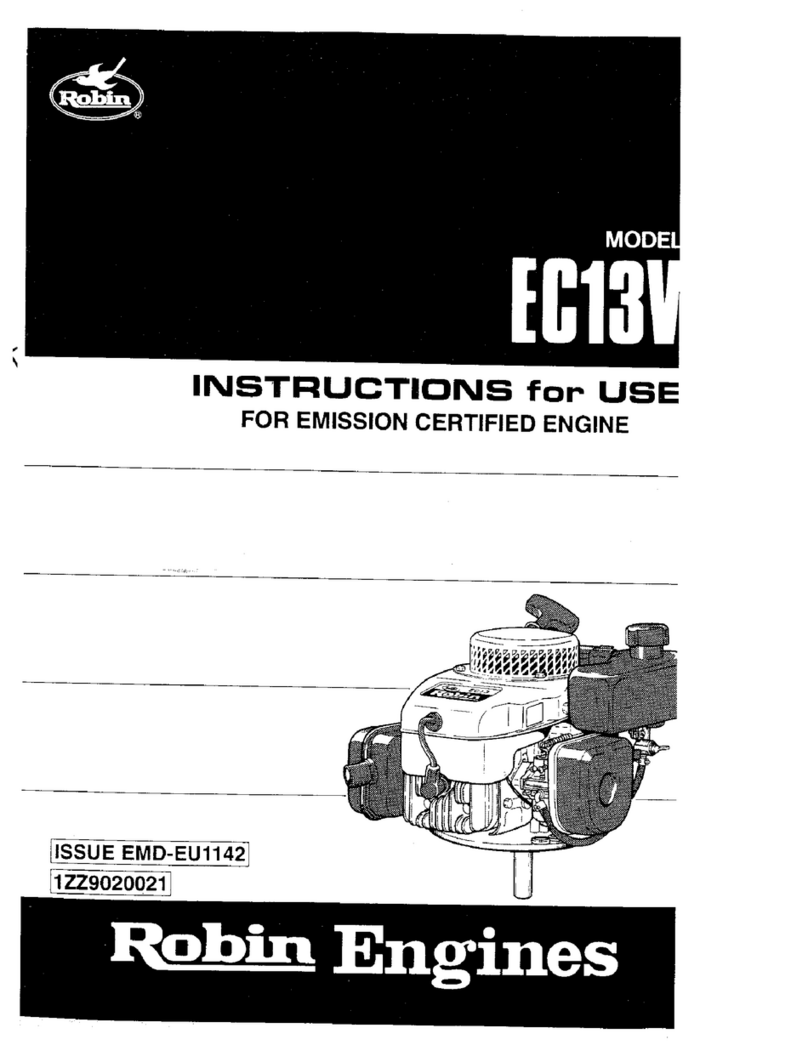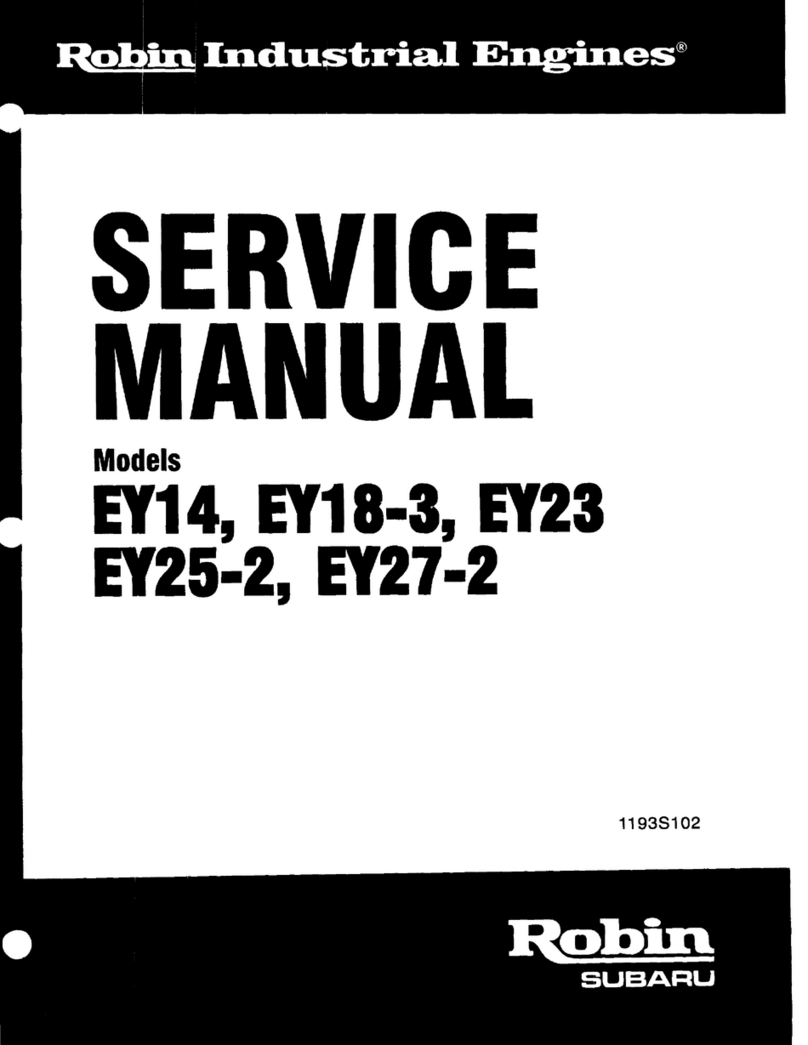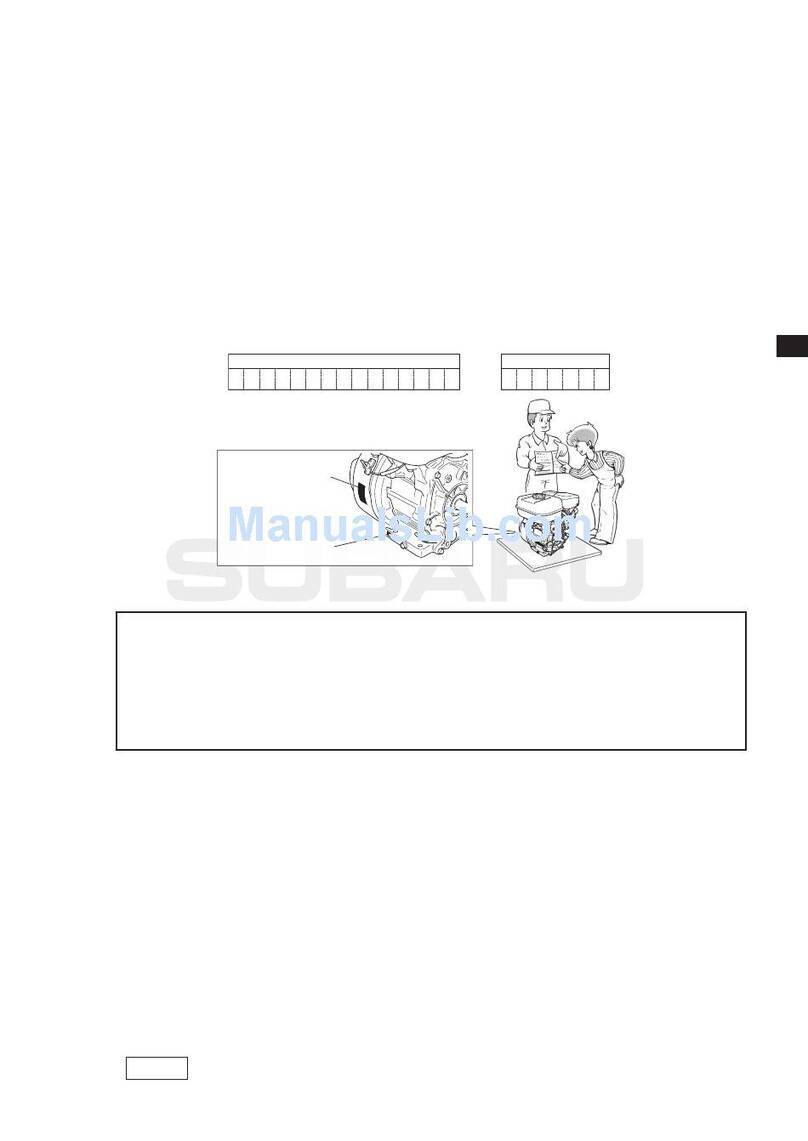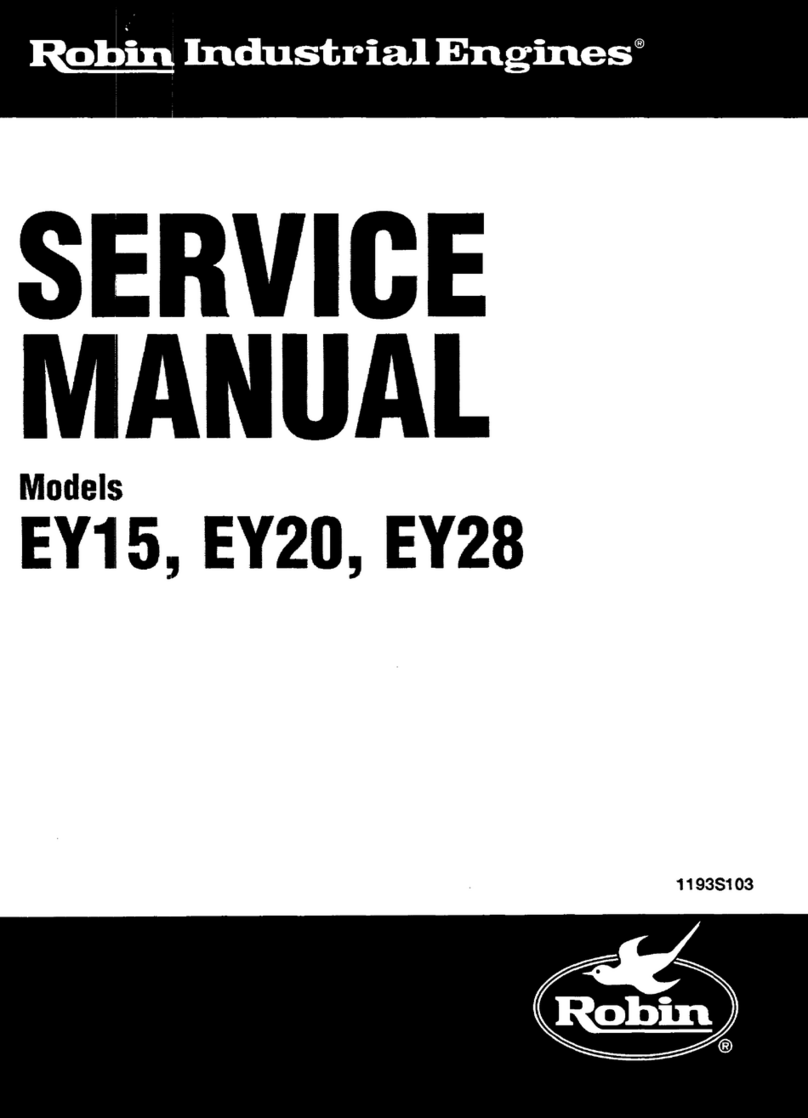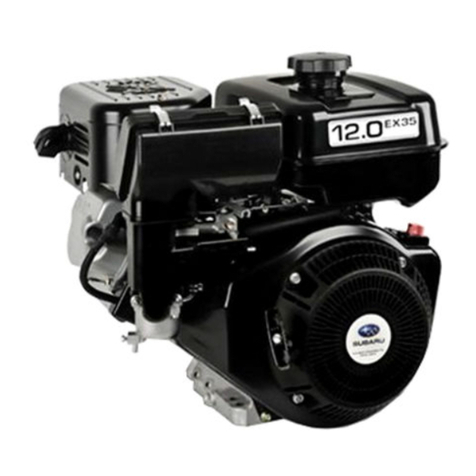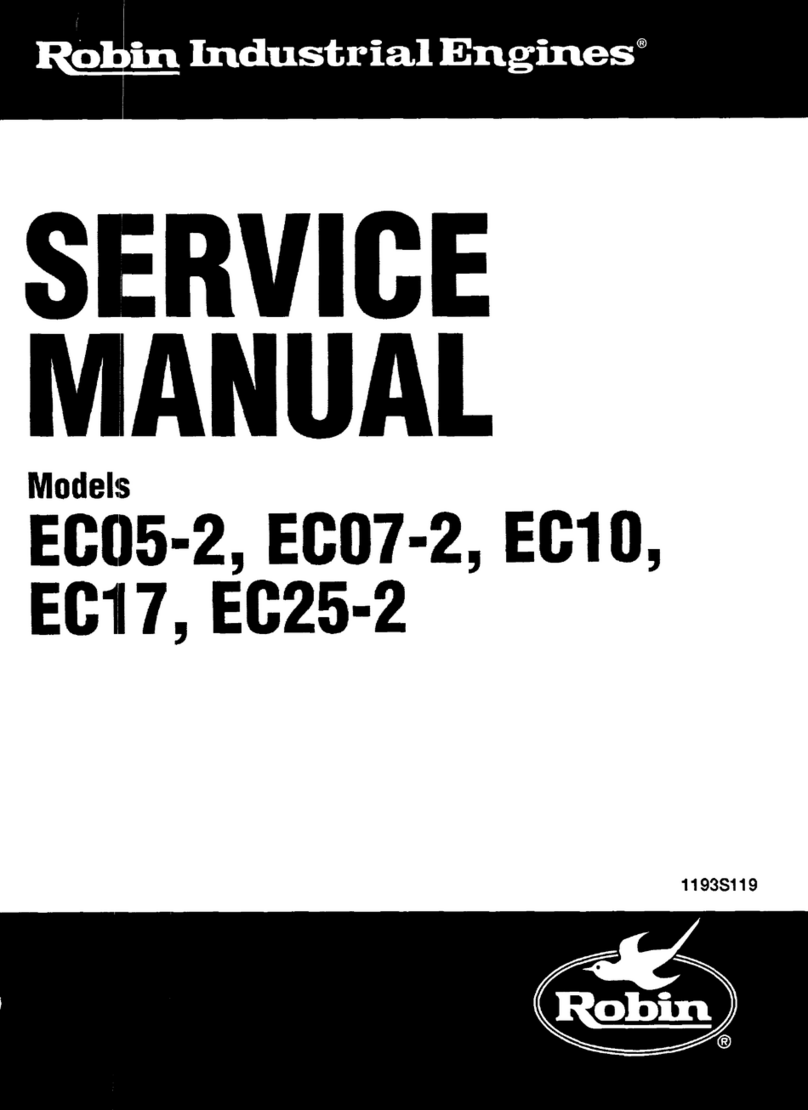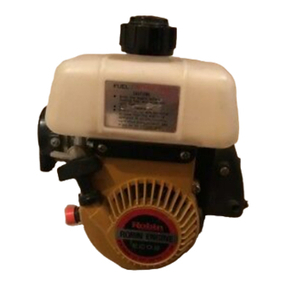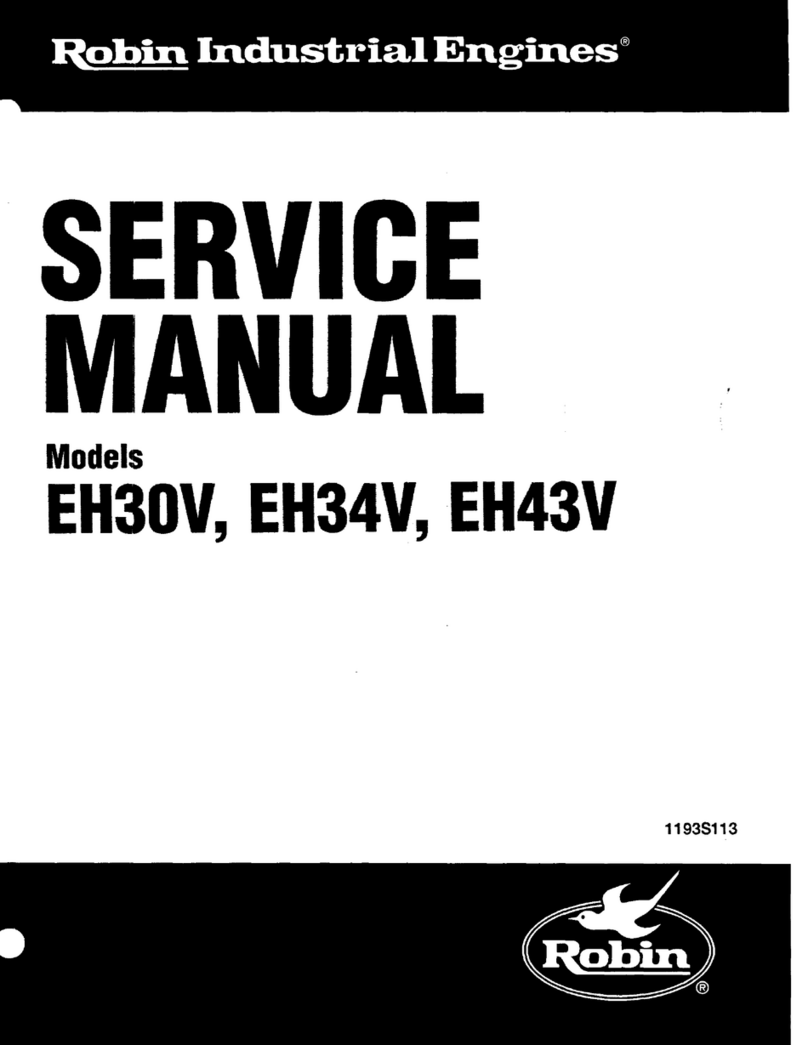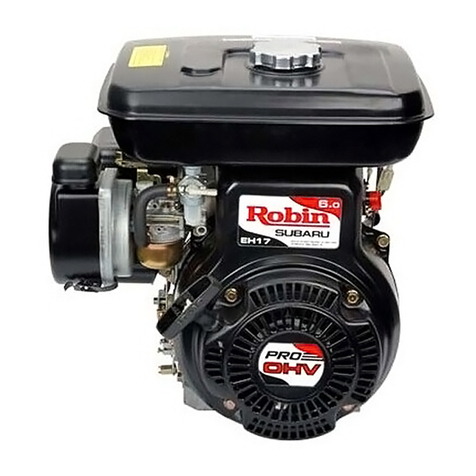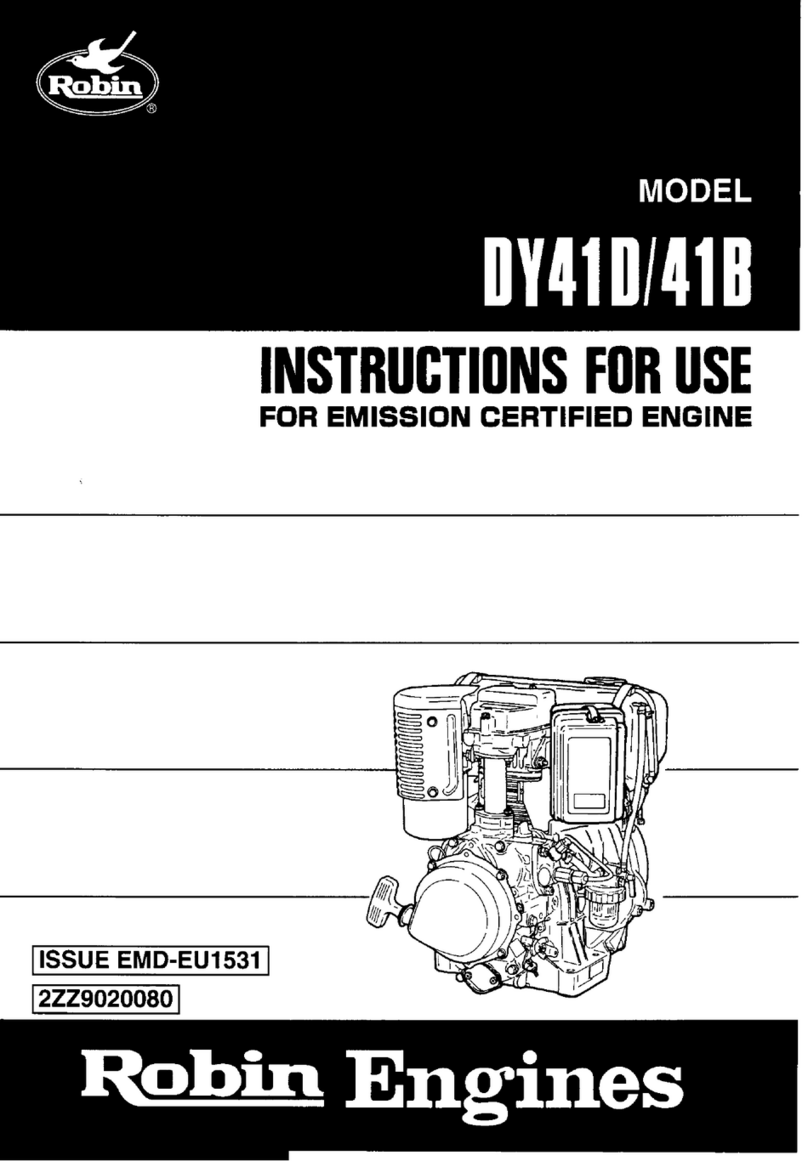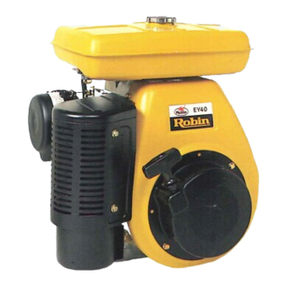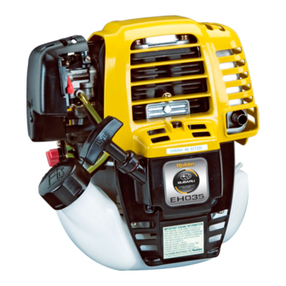
CONTENTS
Section
Title
Page
1
.
SPECIFICATIONS
..............................................
1
2
.
PERFORMANCE
................................................
2
2-1
MaximumOutput
........
:
.................................
2
2-2
RatedContinuous Output
..................................
;
.
2
2-3
MaximumTorque and FuelConsumption Ratio
at
MaximumOutput
........
2
3
.
FEATURES
....................................................
4
4
.
DISASSEMBLY and REASSEMBLY
..................................
5
4-
1
PreparationsandSuggestions
..................................
5
4-2
Special Tools
.............................................
5
4-3
.
DisassemblyProcedure
......................................
6
4-4
ReassemblyProcedure
.......................................
9
5
.
CONTACTBREAKERADJUSTINGPROCEDURE(EC06)
..................
13
6
.
CARBURETORADJUSTMENT
.....................................
14
7
.
GOVERNORADJUSTMENT
.......................................
15
8
.
TROUBLE-SHOOTING
...........................................
16
8-1
StartingTrouble
...........................................
16
8-2
IdlingImproper
...........................................
19
8-3
OverheatingandEngine Knocking
...............................
19
8-4
Power Drop
:
.............................................
19
8-5
Excessive FuelConsumption
...................................
20
8-6
Hunt.ing
................................................
20
8-7
OtherTroubles
..............................................
20
9
.
CHECKSand CORRECTIONS
......................................
21
9-
1
EngineStandard CorrectionTable
...............................
22
9-2
Table of TighteningTorque
...................................
24
10
.
MAINTENANCEand STORING
.....................................
25
10-
1
Daily ChecksandMaintenance
..................................
25
10-2
Every
50
HoursChecksandMaintenance
:
.........................
25
10-3
Every
150
HoursChecksandMaintenance
..........................
25
10-4
Yearly ChecksandMaintenance
................................
25
10-5
Preparationfor LongAbeyance
.................................
25

